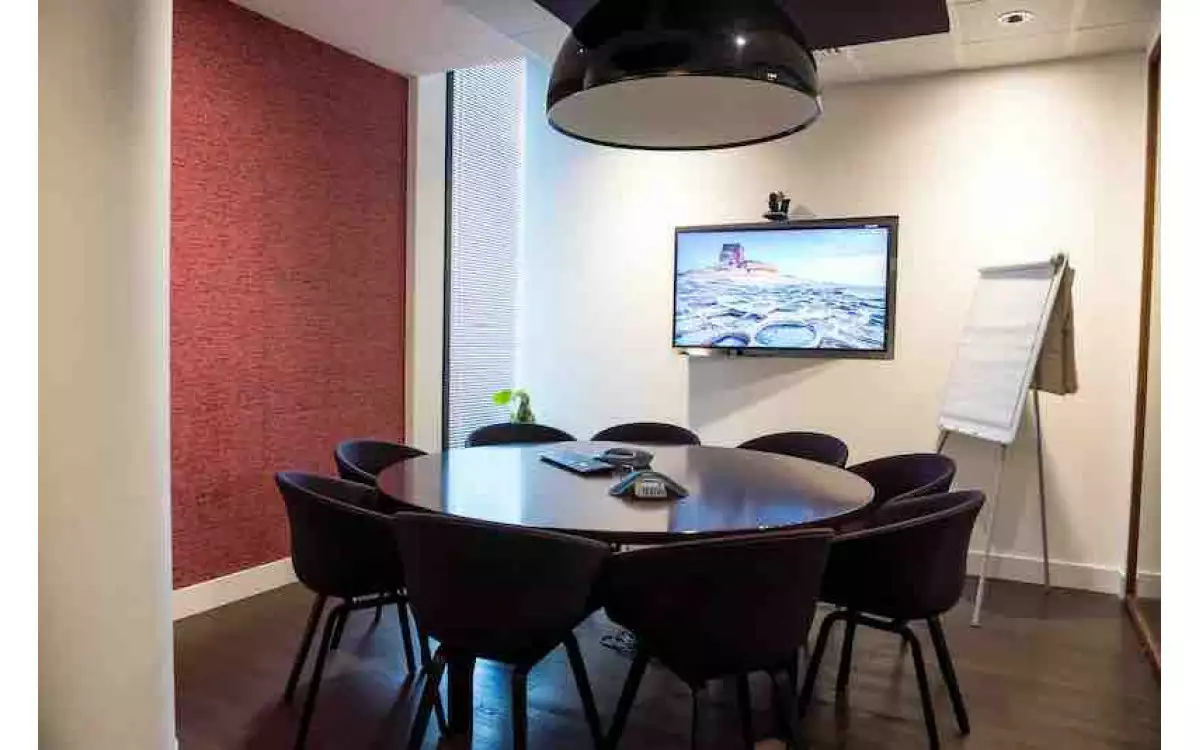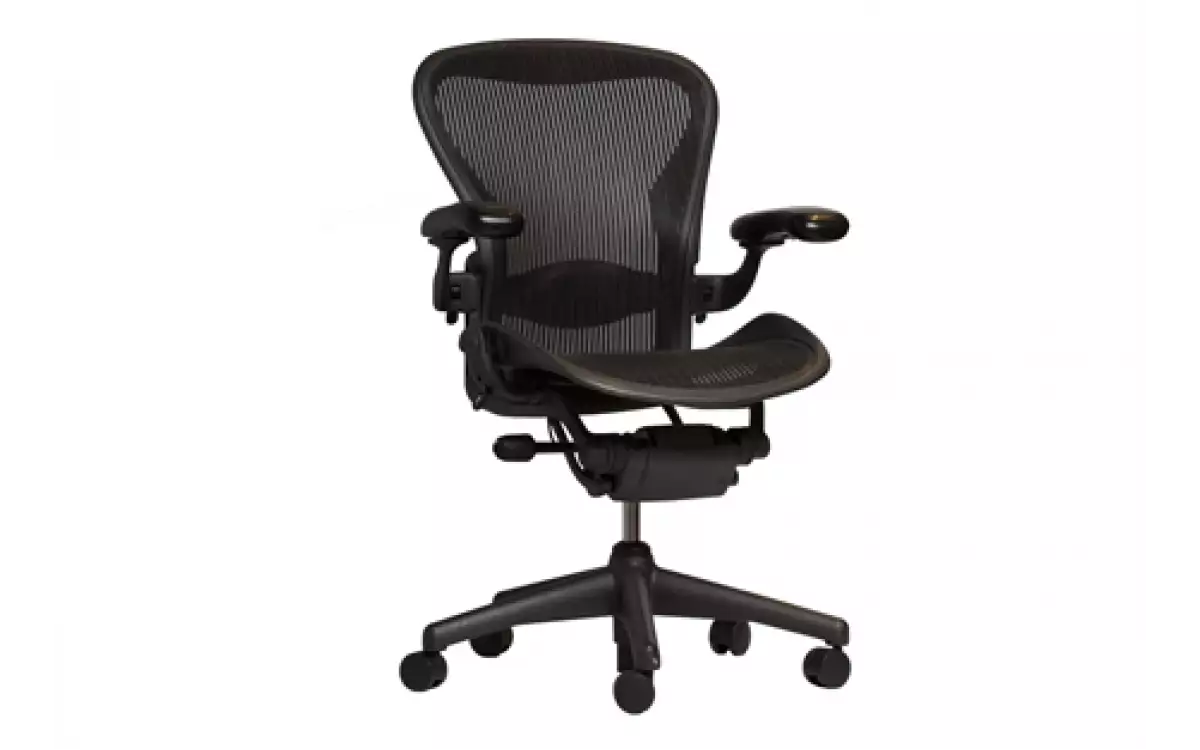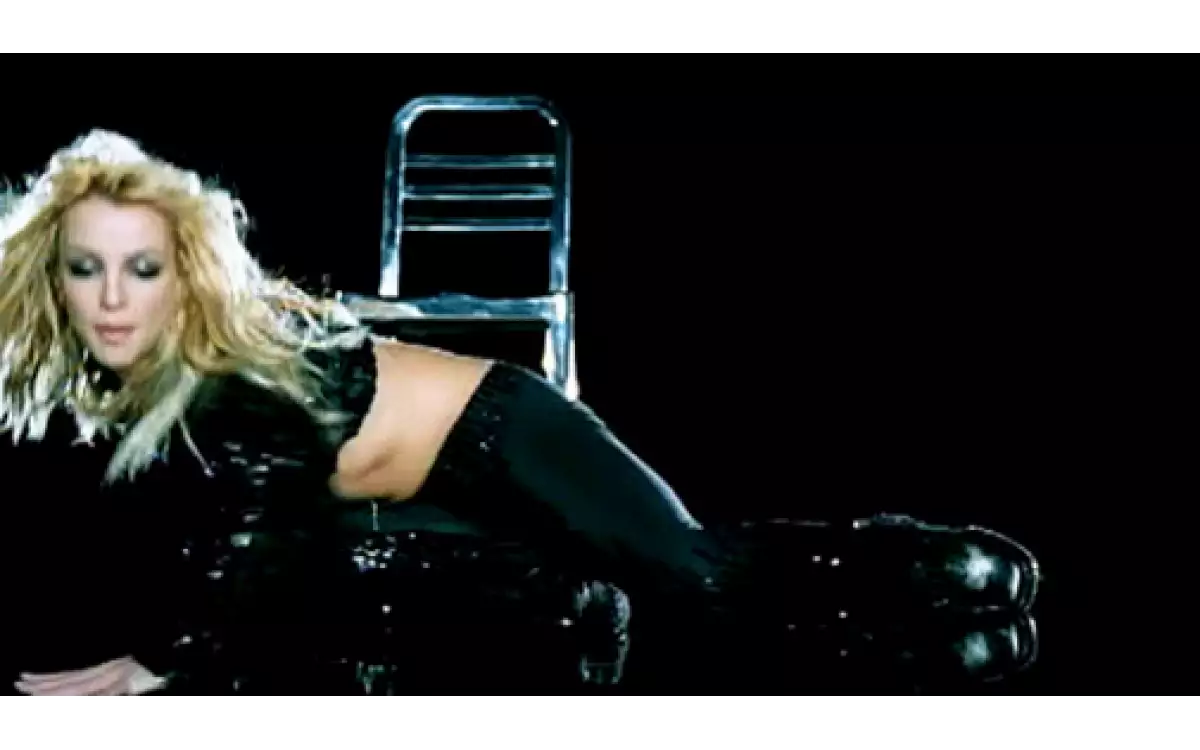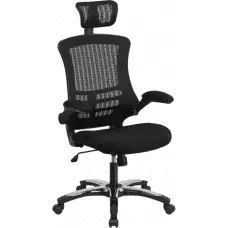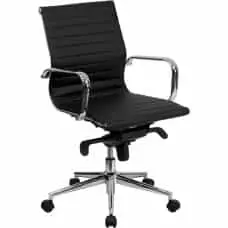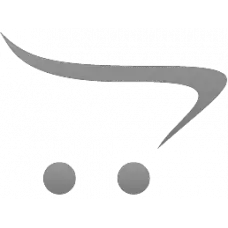Can you give a quick overview of what you do professionally and why you do it? What do you find most meaningful about your work?
Margaret: I head a think tank that studies the full range of cultural history--about 200,000 years long--to answer questions about why and how we think, make decisions, and act as we do. It's fascinating work, of course--because it's all about us, and the ongoing puzzle of human motivation.
That's probably the most intriguing question in the human sciences, and I've made inroads by defining the critical frameworks that lead to actionable answers. My clients range from NASA to diamond jewelry to swimming pools and the milk campaign, with a large furniture store in Houston in between. In all cases, you can't understand WHY people act without looking a very long-range behavioral history. That's what I set up my research company, Cultural Studies & Analysis, to do.
How important do you believe company culture is to an organization’s success?
Margaret: Yes, company culture, like the larger culture in which it must operate, determines how people solve problems, how their social networks help or hinder that process, and even what they think a problem is in the first place.
Without naming the companies, can you give examples of good cultures you have worked in and bad cultures you have worked in and how they have led to positive and negative results respectively?
Margaret: I think the worst work cultures I've dealt with are academic departments, in which lots of ego is involved, the competition for scarce goods and money is fierce, and no one really knows or trusts what the standard of performance is.
The best work cultures are campfire cultures, fairly flat organizations with plenty of opportunity to connect person-to-person, which means many office sites that encourage and facilitate such activity. Throat-cutting cultures can't survive campfires, the open, informal places where steady dialogue builds trust. You can't trust people unless you've taken their measure in a good many unstructured conversations.
The opposite format is at waterholes, formal, hierarchal spaces where nothing but water is served around a too-large conference table, with the leader at the head. Those spaces don't encourage anything but protecting your own back, and they are avoided at all costs all over the business world. They have a high cost in terms of lost creativity opportunities. That's why you also need caves - places of focus and privacy, protected and personal, where ideas can be incubated solo.
What is the company that you have worked for or with that you believe has the best culture and why? What can other companies do to emulate their success?
Margaret: Our client companies vary across the range -- I would say that a small family furniture outfit, where there was great trust within and beyond the family to the employees, stands out as one to emulate - but you have to start with a well-functioning family platform.
Not every business is like that. But they had excellent communications going on all the time, and good spaces for exchanging information and updates, right off the factory floor. That's something that can be studied and built into the physical context of any workplace.
What is the company that you have never worked for or with but believe has the best culture? What are about that company’s culture do you admire from afar?
Margaret: An international consulting company that has won accolades for "Best place to work." We may be working with them soon (can't really divulge a name as this point, sorry).
Describe your office environment and how it relates to your company culture. Give us a feel for your office design from the office furniture design to the intangibles.
Margaret: We have a six-bedroom townhouse in South Philadelphia we've been consulting from for three decades. Because we generally go to our clients, we haven't had to do much with our office spaces so far -- but the appeal of a more formal office is that it's more welcoming to outsiders, and should have an expansive and uplifting feel to it in terms of color, furnishings, sound quality, outdoor elements (like patios and decks), and exude a sense of potential as well as authority.
The Herman Miller furnishing we enjoyed at Harvard Design School, where my partner and I were on the faculty of the Experience Architecture program for a few years. We could dream about having a Herman Miller Office, or even a Stress-Less living room.
For now we have a pair of on-sale Staples chairs, which are all we need for our home offices. Whenever they should start to show wear, they can be readily replaced. We also enjoy IKEA and actually have business meetings there - plenty of space, not too noisy, design ambiance, with unlimited Swedish coffee in the cafeteria.
What do you believe are the key elements to creating and maintaining an uplifting office environment?
Margaret: Uplifting, we know from ergonomic studies, is associated with thinking upwards, associated with elevated ceilings, as in cathedrals. Concentration and focus, when that's the appropriate mode, is produced by lower ceilings and focus on the surfaces where work is performed.
What does ergonomics mean to you? How has your knowledge of ergonomics impacted your work?
Margaret: Ergonomics is the science of work, but it really covers the broader meaning of "occupation," which is everything people do on a routine basis, including leisure, sports, relaxation, and now that we're in the experience economy (we work with Pine and Gilmore, the founders), the way we interact within public spaces, from theater, shopping, sight-seeing, errands, lectures, church services, and theme parks.
There is a whole universe of study waiting to be mastered and deployed to make our living and working spaces geared to who we are and what we need and want to do, rather than imposing those on us because that's how architecture and interior design think we should behave.
I'm excited to be part of that work through my own research into how places and people actually interact or could potentially interact far better than we do now.
How do you buy office furniture? Do you buy furniture online? When do you decide to buy?
Margaret: I like to experience what I'm looking at, but once I've done that at a brick-and-mortar, I'm fine buying online, including EBay. Like shopping for fashion, feel and fabric are important aspects of the purchasing decision, which you have to know about first-hand before the online experience can mean very much.
What office chair do you sit in and why? What specific features about your office chair do you appreciate and enjoy?
Margaret: The Staples fake leather, very soft, swivel with arms - a work chair must have arms. It has to fit with the height of my computer and give both comfort and support hour after hour.
I'm sure there are better models, certainly, the aeron chair is a candidate -- I just haven't raised the bar on home office furnishings as yet.
What is your best advice on maximizing productivity in the office?
Margaret: For my schedule, I'm an eclectic learner who needs to do things in almost randomized order -- writing for under an hour, then watching Perry Mason (am and pm), which inspires my rational as well as mystery-solving impulses, having coffee with my partner/husband in the diner (our kitchen is monorail-themed, with a diner set as our breakfast nook), make some calls, go for a walk around the Italian market, have a swim, then see what the mail and email have brought in.
I have a highly personalized environment; I would not thrive in an insurance-company setting. Being creative must be fueled with plenty of images, which is the way the brain works.
What is your best advice on effectively managing others?
Margaret: That would mean, in our case, how to work with colleagues, as many expert outfits operate. With many working remotely in other parts of the world.
Show you are interested in earning the trust and cooperation of your fellow experts, and understand what they bring to the table--that's the best formula I know for having a well-functioning work team.
However, the flatter team also means more responsibility for understanding how to operate together, how to allocate tasks, and what outcomes need to do within the larger project and organization.
What workplace trends do you see on the horizon? Leave us with three things we should be on the lookout for.
Margaret:
- The workplace is going to be far more about colleagueship and a lot less about org charts and people running other people, which I'm delighted about, since I went into research to work with bright, creative, innovative minds.
- Home offices are clearly on the rise and are becoming part of the permanent design template for the home. In the US, our homes are not about castles, but about connecting to the world as a Command Central.
- That being said, the look of furniture is tending toward expert design, innovation, ergonomics, flexibility: the homey sofa or easy chair that can transform into some more work-related format, with either/or storage options.


